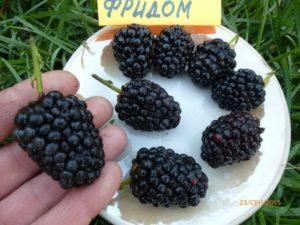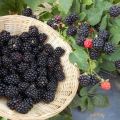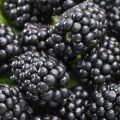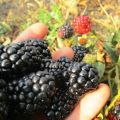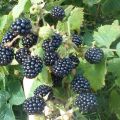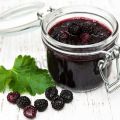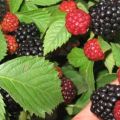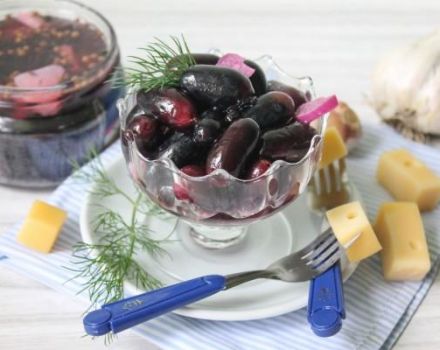Description and characteristics of Chester Thornless blackberries, planting and care
Recently, the blackberry is grown at home. For this purpose, many varieties have been bred. One of the most popular is Chester Thornless - a blackberry with excellent characteristics.
Blackberry breeding history Chester
In America, Maryland, this variety was bred in the 70s. Chester is a cross between Darrow and Thornfrey. Chester is a blackberry variety with a spreading bush and large clusters completely covered with berries.
Pros and cons of the variety
Among the advantages are:
- resistance to winter cold;
- rich harvest for the season;
- attractive appearance;
- possibility of transportation over long distances;
- long keeping quality.
Disadvantages:
- the need for shelter;
- poor growth in dark areas.
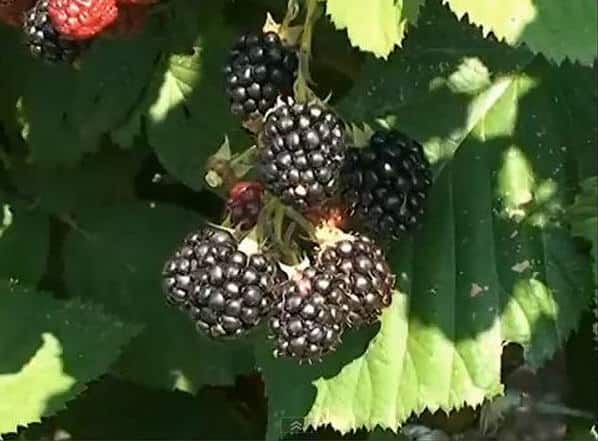
Despite the fact that blackberries tolerate cold well, it is recommended to cover for the winter. To do this, use any available means. Blackberries do not like to grow in lowlands and ravines.
Botanical characteristic
Thanks to its peculiarities, blackberries are easier to recognize among other varieties. This refers to the appearance of the bush and berries, ripening and more.
The appearance of the bush and shoots
The blackberry bush is described as semi-creeping. Chester is characterized by dense branching. Shoot growth begins at the site of the first buds - near the ground. Due to the increased bushiness, a large number of brushes appear on the branches. The main plus is that they are suitable for fruiting. The plant reaches a height of 3 m.
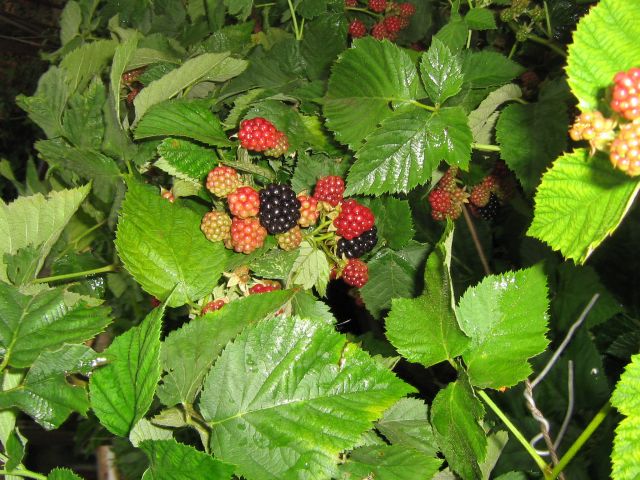
Ripening time and yield
The Chester blackberry bush bears fruit late compared to other varieties. Ripe berries appear between late June and early August. Ripe berries are black and shine in the sun. Many clusters with fruits are formed on the bushes. Therefore, a decent amount of berries are harvested per season.
Characteristics and application of berries
The length of each fruit reaches 3 cm. Chester has a sour taste, since it does not contain a lot of sugar. Plucked fruits tolerate transportation well. Chester is suitable for people who eat a diet. Especially useful for those who have disorders of carbohydrate metabolism. Blackberries are good for your health.
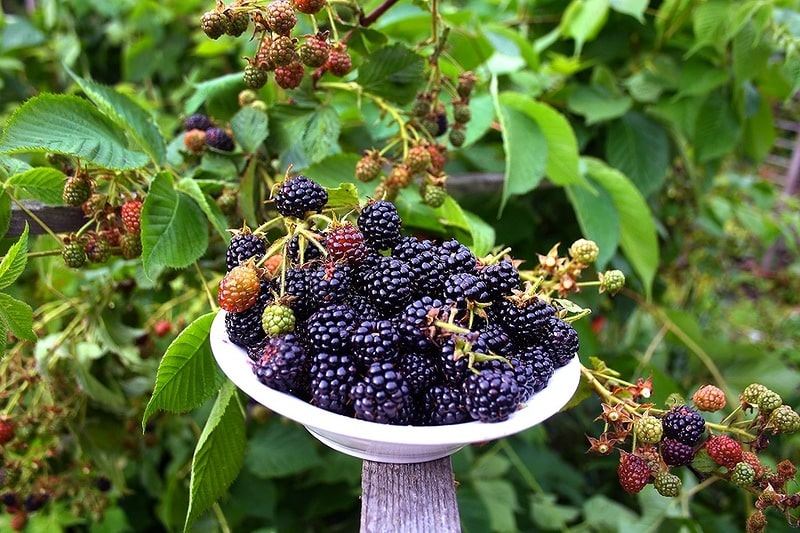
Suitable region and climate
Chester is a blackberry variety that can take root practically in any country in Europe, as well as in Russia and Ukraine. Easily tolerates warm and humid winters. If the pointer on the thermometer reaches -30 ° C, cover the bush with a cloth or use other standard measures.
Possible diseases and their treatment
Blackberries are a favorite delicacy of the raspberry beetle, weevil and shoot aphid. If the pests live long enough on the bushes, the blackberries become sensitive to the slightest frost. The branches dry out because they don't get enough food.
To avoid such a fate, during the growing season, the bushes are sprayed with "Kinmiks" or "Fitoverm". 2-3 ml of the drug is enough for a bucket of water. For ease of application, use a sprayer.
You can get rid of the beetles by simply shaking the bushes. A white cloth is spread on the ground to see how many pests there are on the blackberry. The maximum result from the procedure will be noticeable if the event is held on a cool morning.

To combat beetles and aphids, the following methods will help:
- Spraying with soapy water. 30 g of grated soap is diluted in 10 liters of water.
- Infusion of garlic. The cloves of a large head of garlic are infused in water (bucket), and then sprayed on the bushes.
- Tobacco smoke against aphids. The bushes are fumigated with smoke.
At the initial stages, it is recommended to apply traditional methods of pest control. They are available for every person, since they are always at hand. If the problem has reached a large scale, chemicals are used.
Reproduction methods
The following are distinguished:
- Reproduction by green cuttings.
- Pinning the apical shoot.
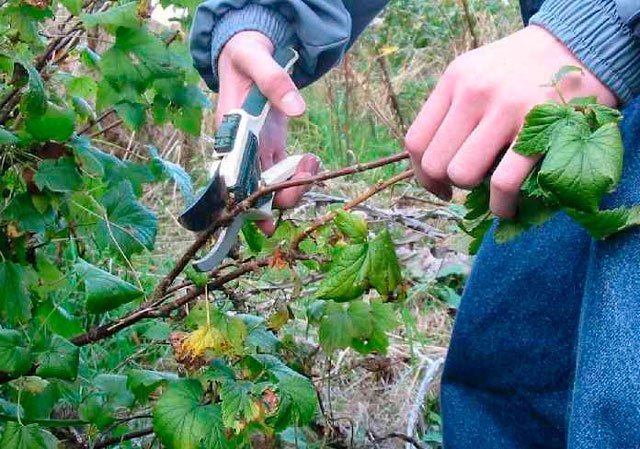
In the first case, the procedure is carried out in the middle of summer. The top of the stem is cut off and placed in water. The branch should have one bud. The stem is planted in a pot, leaving for a month. At the same time, the conditions of a greenhouse must be created. Once the root system has formed, the plant is ready to be planted in the soil.
Planting seedlings
At first glance, the procedure seems simple. But it contains many stages that a person must go through. Only in this way will it be possible to form a seedling, which will turn into an adult tree.
When to plant blackberries
The favorable period is spring or autumn. In the spring, it is recommended to wait until the earth is completely dry, and in the fall - to have time to plant the bush before the long autumn rains. Blackberries should take root well in the ground before the onset of frost.

Preparation of planting material
Requirements for young blackberry bushes are the presence of 2 stems, which are at the same time well developed, and a branched root system with a bud. Before planting in the ground, the roots are cleaned, dried and damaged parts are removed. After that, the roots are dipped in a clay mash.
Site selection and preparation for landing
Blackberries love to grow in sunny areas, but the rays should not be straight. A flat surface is suitable for bushes. The soil is loose with a neutral composition.
Landing scheme and technology
The procedure is step-by-step:
- Holes or trenches are prepared on the site. The recommended depth is 30 cm. The distance between the bushes is 2 to 3 m, which allows the blackberry to feel comfortable.
- The soil, which turned out after digging holes, is mixed with potassium sulfate or nitrophos.
- All holes are watered abundantly with water, after which they begin to plant.
- The young bush is lowered into the hole, while straightening the roots.
- The hole with the roots is covered with earth mixed with fertilizers.
- Then the tree is watered abundantly.
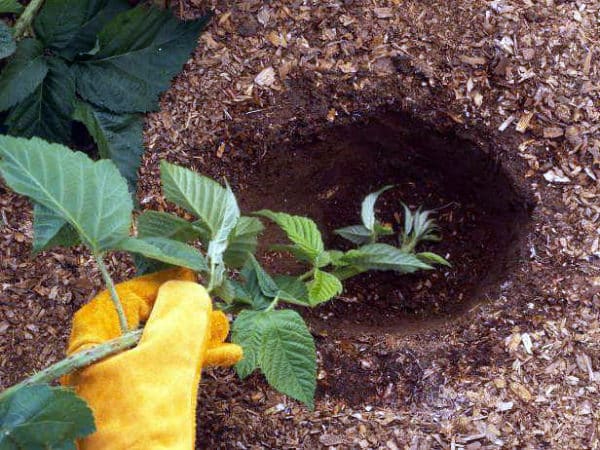
As soon as the landing is completed, they begin to form a near-trunk circle. It is mulched using bark, sawdust, pine needles or peat. After planting, the stems are pruned so that the height does not exceed 25 cm.
How to care for a plant
After planting the blackberries, they move on to the next stage - leaving. What does it consist of:
- watering;
- removal of weeds;
- loosening the soil;
- prevention and control of insects and diseases;
- the formation of bushes by pruning.
It is necessary to take care of the blackberries constantly. Even if a person is far from this, over time he will develop certain skills and it will be easy for him. This is why it is so important to pay close attention to the recommendations and advice for care.
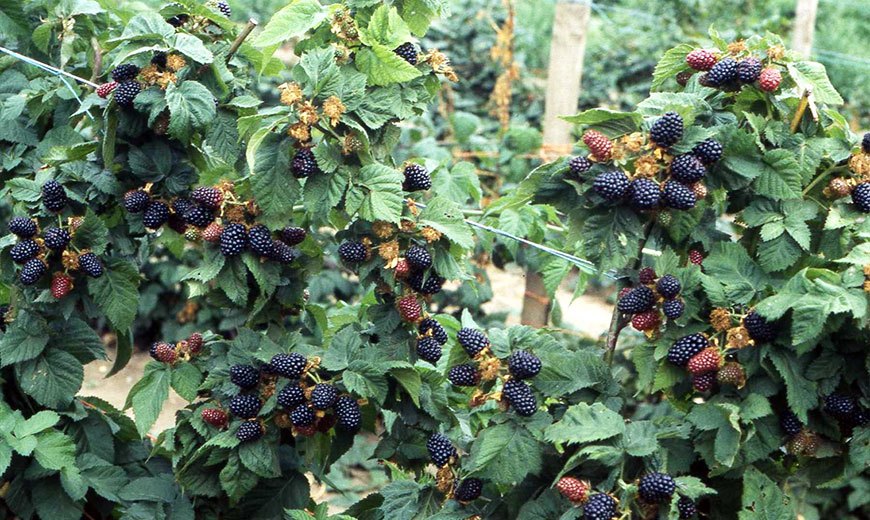
Regularity of watering
Although Chester blackberries need moisture, they can go without water for a long time. This feature is provided by the root system, which is deep and well developed. Blackberry is a fruit bush that can survive in drought conditions.
Good nutrition and loosening of the soil
The introduction of additional components is necessary after the winter period. This allows you to replenish the bush and prepare it for the formation of flowers and fruits. Urea and ammonium nitrate perfectly cope with this function.After watering, the soil is loosened so that oxygen flows to the root system.
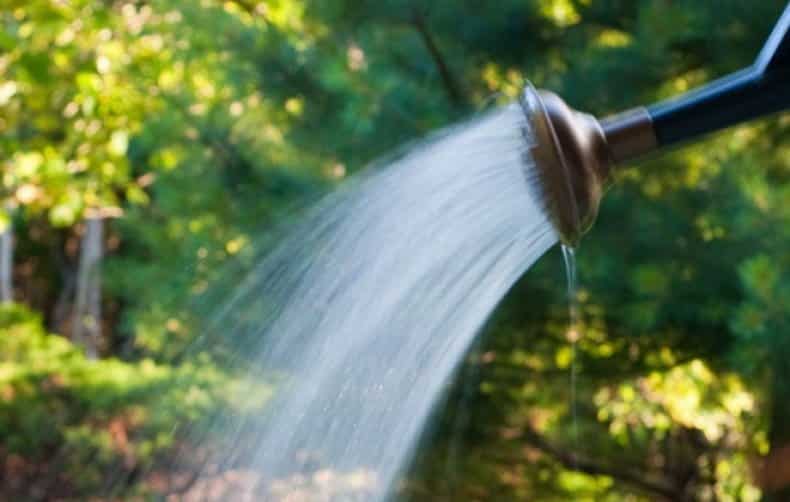
Installing a support for bushes
This is necessary, first of all, for the convenience of harvesting. Vertical trellises are mandatory to help guide the creeping branches. The support provides easy care for the bushes.
Pruning and shaping the berry bush
Removing blackberry branches is a hassle. But without this procedure, the shrub will not be able to develop normally. Held regularly. Pruning Chester is done 2 years after planting the blackberry in the ground. Then the shoots are removed every year. Pruning excess branches increases the yield of the berries and positively affects the size.
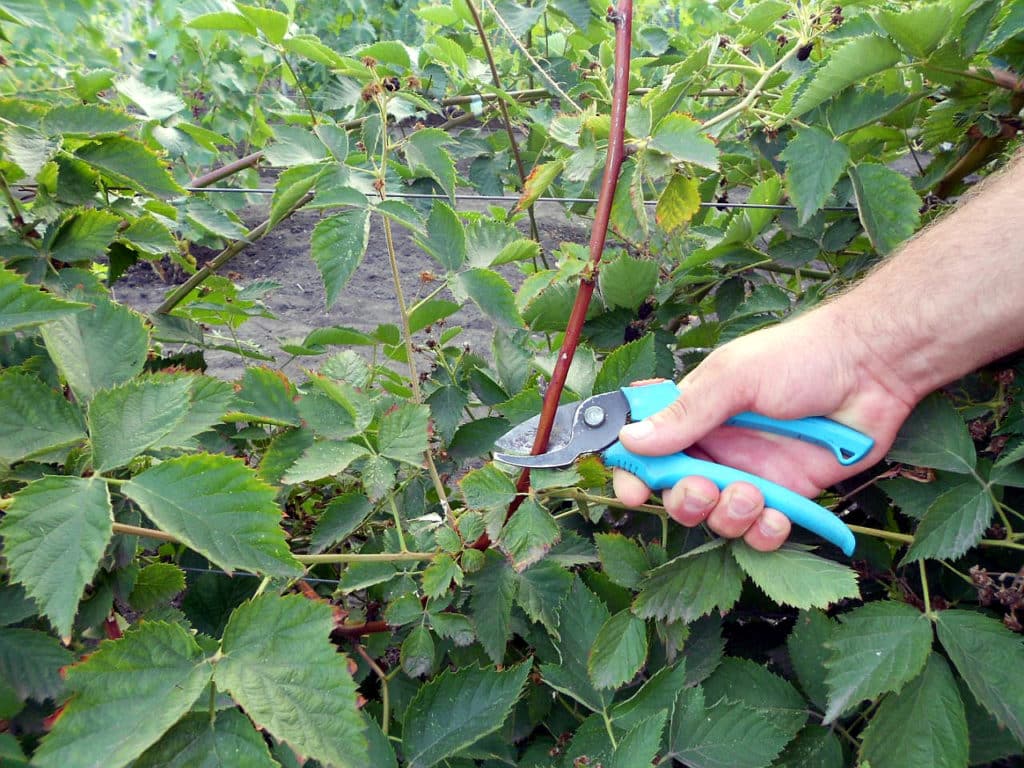
Preventive treatment
Colloidal sulfur is chosen for spraying. This avoids the development of diseases in the variety. Simultaneously with the treatment, weeds are regularly removed.
How to prepare for winter
Chester is a blackberry variety that can withstand temperatures as low as -30 ° C. If the indicator is even lower, it is recommended to play it safe and cover the bush. To do this, the branches are untied from the trellises, bent to the ground and covered with corn leaves. They are replaced with hay, straw, sawdust or humus. Leaves from fruit trees growing in the garden will not work. They can carry pests. The blackberry foliage is harvested and scorched.
At first, after disembarkation, you will have to work hard for the blackberry to take root. But it's worth it, as the bush will delight with a harvest of tasty and healthy berries.

